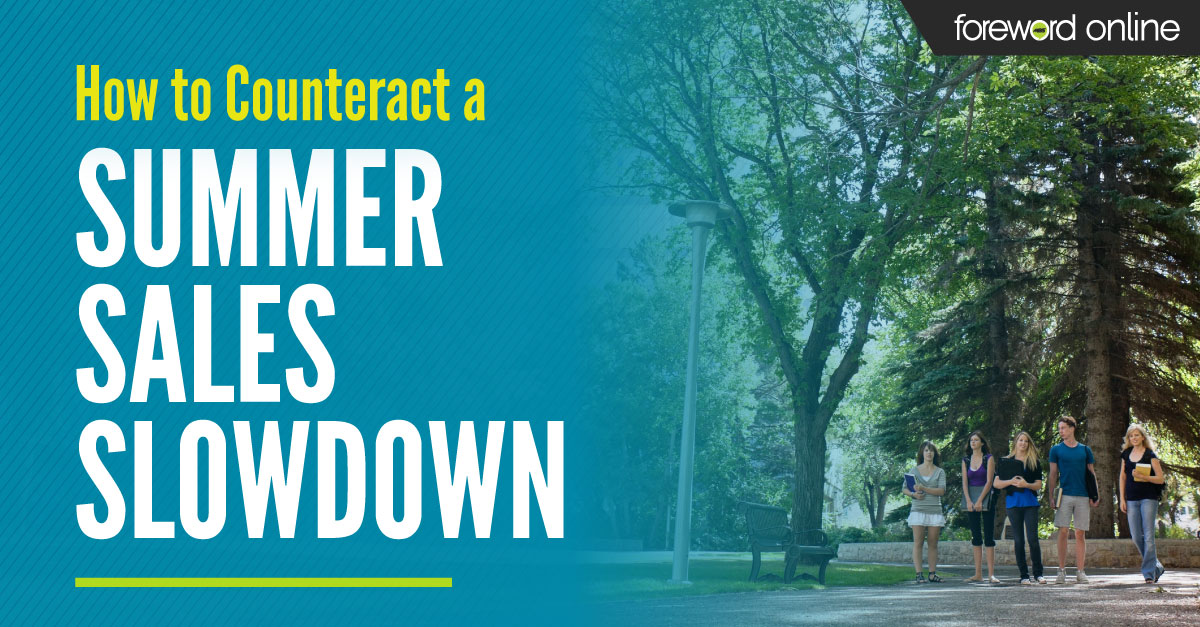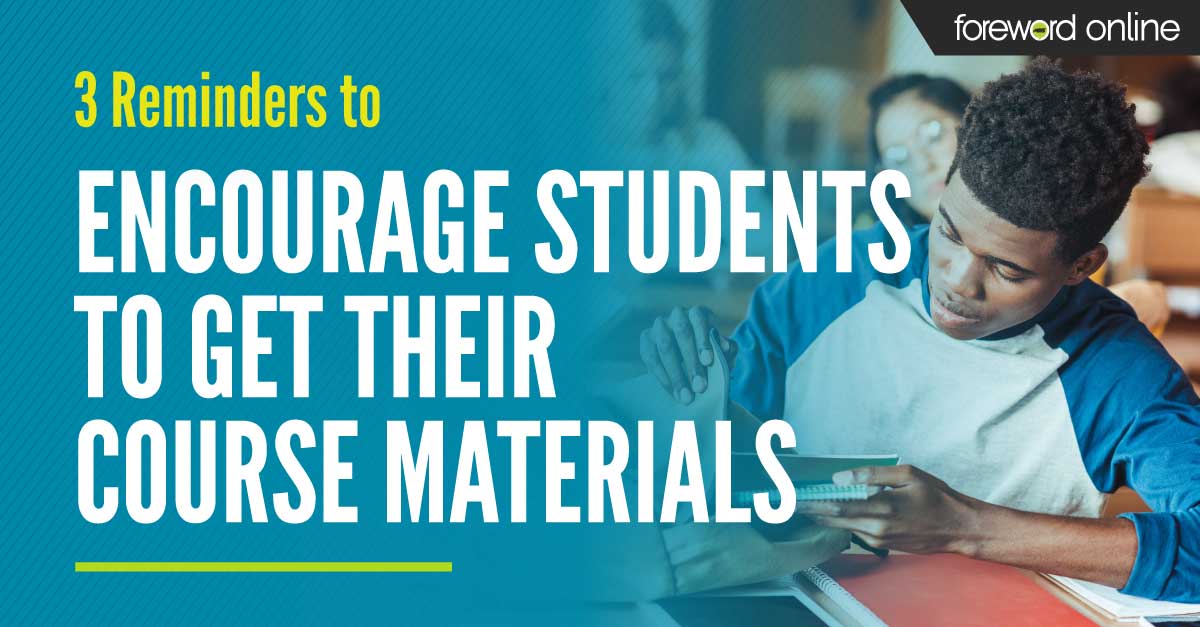Recently, a former colleague posted a gripe on Facebook illustrating a generation gap that partly explains why students aren’t buying textbooks: Of his 100-plus freshmen at a competitive southeast state school, only two knew the definition of a verb.
“I’ve noticed they also struggle with words like ‘you’ and ‘me,” I commented.
“I’ll take your word for it,” he replied. “There’s no way I’m jumping with them into the rabbit hole of pronouns.”
I don’t blame him. Hop, skip, somersault — whatever mental gymnastics I’ve tried when teaching writing, I’ve always wound up in the rabbit hole of Millennial and Gen Z public education, a place where commas are sometimes taught, but almost never parts of speech or any other kind of language that helps us talk about books, stories, essays and language.
You might wonder what this has to do with students buying textbooks. After all, you don’t need to know the difference between a conjunction and an interjection to offer up a credit card.
A lot of what we once took for granted as public education staples has changed in recent decades — especially in areas we associate with literacy. When it comes to textbooks, a chasm exists between students and their elders. To us, the older folks, the process of finding books in a room full of books is hum-drum, familiar.
For students, the textbook-buying experience is as bizarre as the question, Is you a pronoun or a verb?
Just as few Gen Xers and even fewer Boomers arrived in college without knowing the answer to that question, not many entered the ivory tower without library experience. Even those who didn’t especially like reading knew how to navigate bookshelves in search of a particular volume — and how to remain hushed, if not reverent, in the presence of such an abundance of knowledge. Even those without a taste for literature understood that books are treasured objects for many — carefully labeled and sorted, stored in public places for the common good.
Sign up for a free subscription to Foreword Online
If teachers and retailers want more students to buy textbooks, it’s necessary for us to join them in a rabbit hole of an experience that lacks nouns, verbs and libraries. Imagine what it would be like if you had never been inside a library. Imagine all knowledge came from search engines — search engines that anticipated your query no less, filled in the blanks and rendered the task of formulating a complete question unnecessary.
Imagine what it would be like if you’d never had to use the alphabet to find information on a subject.
A common college classroom dialog in the rabbit hole
Student A (incredulous): You’re saying you want us to use a book. Does it have to be a book?
Me: I want you to use at least one book from the library for your research paper.
Student B (assured): But it doesn’t have to come from the library, right? It could come from anywhere.
Me: I want you to use a book from the library.
Student C (dumbfounded): You want a book? She wants a book? You’re kidding.
Me: A book. From the library.
Student A (exasperated): Where are we supposed to get a book?
Me: We meet in the library next week. It’s on the syllabus.
Student A (scared): Where’s that?
Me: It’s huge. It’s on every campus map. You can’t miss it.
Student B (angry): I don’t know where the library is. You have to tell me.
Student C (flummoxed): Wait. What are we going to the library for?
Meet students where they are
The average college-store textbook setup intimidates students — at best. If they’re older students and a college prof has required them to check out books from a library, then the shelves piled high with textbooks might not overwhelm them. If not, then chances are their textbook-shopping experience is the first time they’ve ever had to use the alphabet to find a title.
Chances are, they don’t buy books, because they don’t know how to find books in the store.
That’s why college retailers see greater success when they focus on streamlining the textbook shopping experience for students. In-store pick-up, online bookstores and inclusive access programs are all good ways to meet students in the rabbit hole.
As Oklahoma State University Store’s Starla Marshall put it: “The easier you make it for students to get their stuff, the better it’s going to be.”
When it comes to selling books, there’s a generational disconnect. If we want students to buy course materials, we need to find new ways to get them into their hands. Otherwise, they’ll never know what they’re missing.






